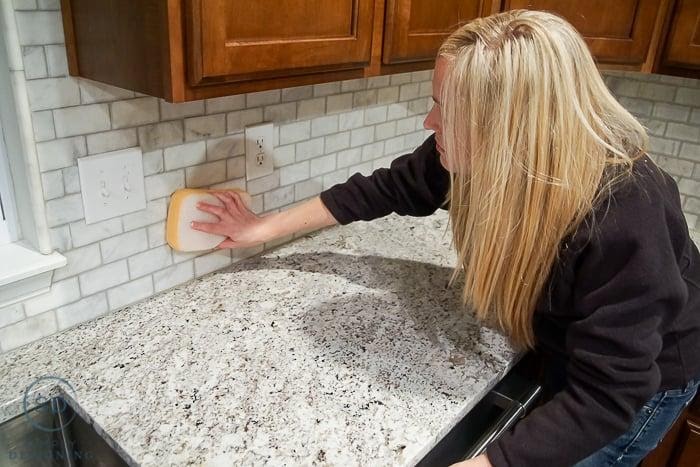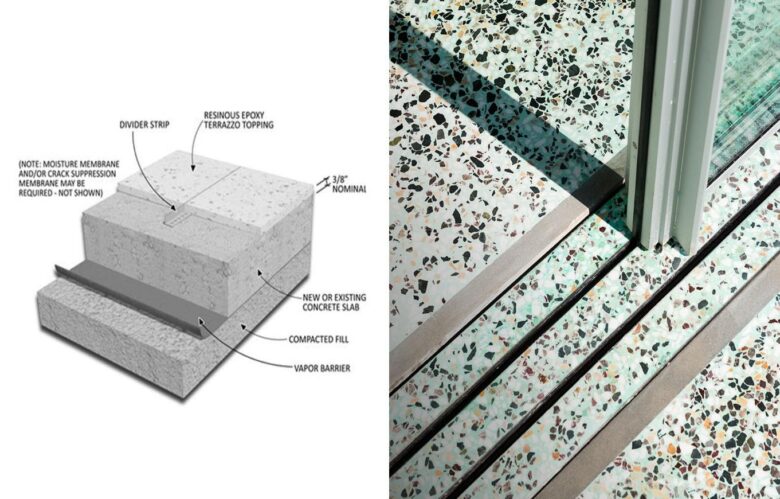Introduction
Few design choices can transform a space as dramatically as the simple yet sophisticated herringbone tile pattern. Defined by its distinctive “V” shaped zig-zag arrangement, herringbone has long been associated with elegance, structure, and timeless appeal. Once reserved for classic parquet flooring and Roman roads, herringbone is now experiencing a modern resurgence in interior and exterior design. In Australia and beyond, homeowners and designers are turning to herringbone tiles to elevate patios, gardens, and outdoor entertaining areas. Its ability to create texture, rhythm, and visual movement makes it the perfect choice for those who want outdoor living spaces that feel both stylish and inviting.
A Brief History of Herringbone
The origins of herringbone stretch back thousands of years. The pattern was first used by the Romans in road construction, where bricks laid in a herringbone design added stability under heavy traffic. Its distinctive interlocking structure was both practical and beautiful. During the European Renaissance, the pattern gained prestige when adapted into wood parquet floors in grand palaces and stately homes. Over time, herringbone became synonymous with craftsmanship and refinement, making its way into textiles, wallpapers, and eventually ceramic and porcelain tiles. Today, this ancient pattern continues to inspire, proving that classic design never truly goes out of style.
See more: How to install subway tiles in your kitchen
Why Herringbone is Back in Style
Design is cyclical, and herringbone’s comeback is a perfect example. Several factors contribute to its renewed popularity:
- Versatility: Herringbone tiles work across a wide range of spaces—indoors and outdoors. They are equally at home in a rustic farmhouse or a sleek urban courtyard.
- Visual Appeal: The zig-zag arrangement adds movement and depth, creating a subtle focal point without overwhelming the eye.
- Modern Trends: As design trends shift toward texture and pattern play, homeowners are seeking out ways to elevate simple materials like stone, timber, and porcelain. Herringbone delivers just that.
- Timeless Quality: While trendy finishes come and go, herringbone has stood the test of time. This makes it a safe investment for those wanting a long-lasting style choice.
In Australia especially, where outdoor living is central to lifestyle, herringbone tiles are becoming a go-to choice for patios, garden pathways, and alfresco dining areas.
Design Applications
Herringbone tiles shine in virtually any setting, but when it comes to outdoor living, they can transform functional spaces into design features. Here are some standout applications:
- Patio Flooring: A herringbone-tiled patio instantly elevates an outdoor seating or dining space. Whether using earthy terracotta, modern porcelain, or natural stone, the pattern adds sophistication that makes the area feel like an extension of your home.
- Garden Pathways: Replace plain pavers with herringbone tiles or bricks to create winding paths that feel luxurious and intentional. The pattern adds a sense of movement that naturally guides the eye through the garden.
- Pool Surrounds: Non-slip herringbone tiles in porcelain or stone not only enhance safety but also add elegance around swimming pools.
- Outdoor Kitchens: Alfresco cooking spaces look refined when finished with herringbone splashbacks, benchtops, or flooring, blending practicality with style.
- Feature Walls: Vertical herringbone layouts on garden walls, outdoor fireplaces, or water features create dramatic backdrops that highlight the architecture of the space.
Materials and Finishes
Choosing the right material for herringbone tiles is essential, especially for outdoor use. Each option lends a distinct mood:

- Ceramic Tiles: Affordable and versatile, ceramic works well for decorative walls but may not be the most durable for high-traffic outdoor floors.
- Porcelain Tiles: Extremely popular for outdoor applications thanks to their strength, weather resistance, and variety of finishes. Wood-look porcelain tiles in herringbone patterns combine warmth with durability.
- Natural Stone: Options like slate, limestone, or marble bring an organic, luxurious touch. Stone herringbone tiles are perfect for garden paths and high-end patios.
- Terracotta: Warm and rustic, terracotta herringbone tiles suit Mediterranean-inspired courtyards and sunny Australian backyards.
- Concrete Pavers: Ideal for a modern, industrial aesthetic. Concrete tiles laid in herringbone create clean, contemporary outdoor designs.
The choice of finish—matte, polished, or textured—can also influence the overall atmosphere. A polished marble herringbone patio feels elegant and refined, while a textured porcelain in earthy tones feels grounded and casual.
Pros and Cons
Like any design choice, herringbone tiles come with both benefits and challenges.
Pros:
- Timeless and stylish, ensuring longevity in design.
- Creates visual interest and a sense of movement.
- Enhances property value by adding a touch of sophistication.
- Highly versatile across different spaces and design styles.
Cons:
- Installation can be more complex and labor-intensive, often increasing costs.
- Requires skilled tilers to achieve symmetry and avoid uneven layouts.
- Small outdoor spaces may feel busier with herringbone unless balanced with neutral tones.
Styling Tips
If you’re planning to incorporate herringbone tiles into your outdoor living area, consider these expert tips:
- Play with Color: Neutral tones like greys, creams, and earthy browns allow the pattern to shine subtly. Bold tones like navy or terracotta create a statement.
- Grout Matters: Contrasting grout highlights the zig-zag pattern, while matching grout creates a softer, more blended effect.
- Mix and Match: Pair herringbone tiles with larger square or rectangular pavers to define zones within your outdoor space.
- Directional Layouts: Experiment with horizontal, diagonal, or vertical herringbone layouts to adjust the perceived scale of a space.
- Lighting: Outdoor lighting enhances the texture and shadow play of herringbone tiles, particularly in the evening.
Future of Herringbone in Interior Design
Herringbone shows no signs of slowing down. As homeowners seek patterns that balance tradition with contemporary flair, herringbone continues to be reimagined in new ways. Expect to see more oversized formats, mixed-material designs (such as wood with stone), and sustainable tile options that bring eco-conscious choices into stylish outdoor living. The pattern is also being increasingly adapted for 3D surfaces, creating textured walls and architectural features that push boundaries.
Conclusion
From ancient Roman roads to chic Australian patios, the herringbone pattern has traveled centuries and continents to remain a design staple. Its current resurgence is no coincidence—this versatile, elegant layout has an enduring charm that makes outdoor living spaces feel both stylish and timeless. Whether you’re reimagining your garden pathways, upgrading a patio, or adding drama to a poolside retreat, herringbone tiles offer endless possibilities. With the right materials, finishes, and styling, they can turn everyday outdoor areas into luxurious escapes. If you’re planning your next renovation, herringbone might just be the pattern that connects your home’s history with its future.



